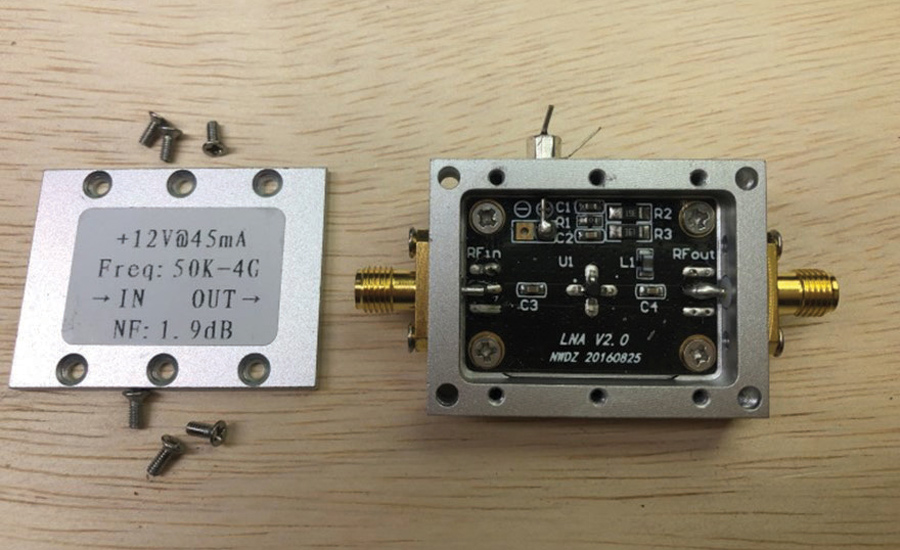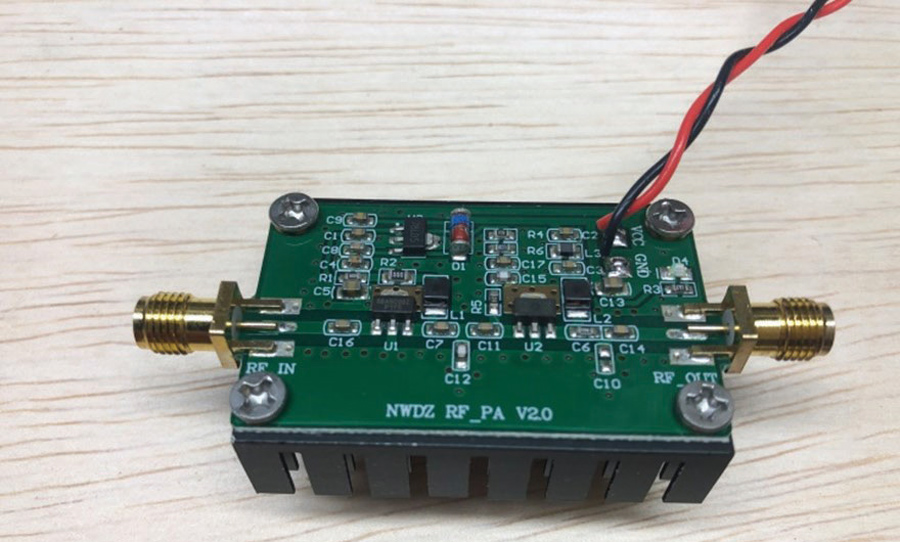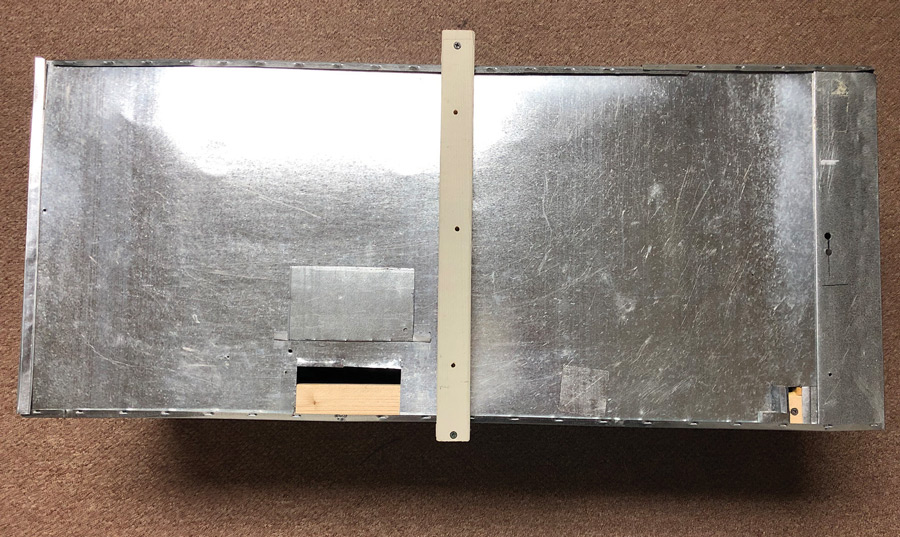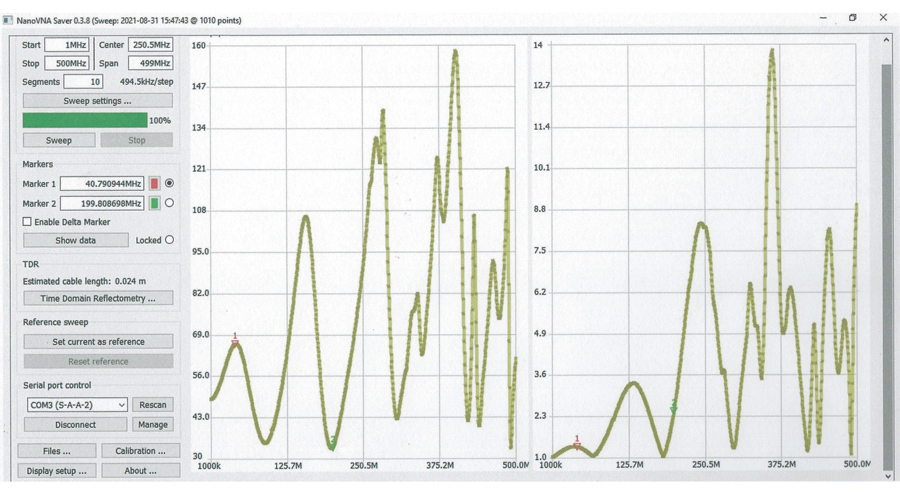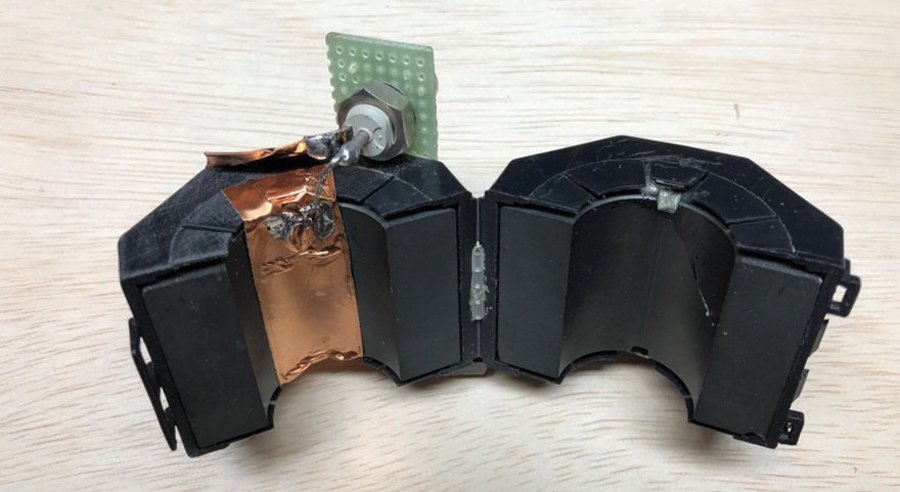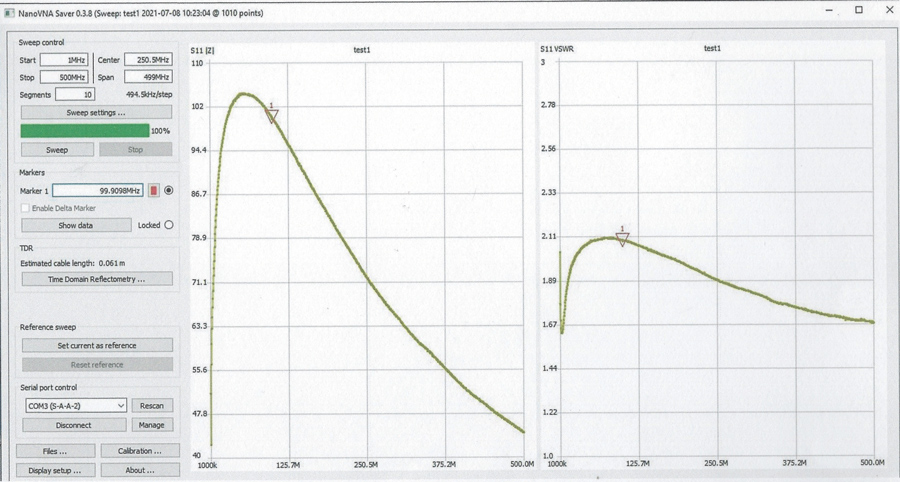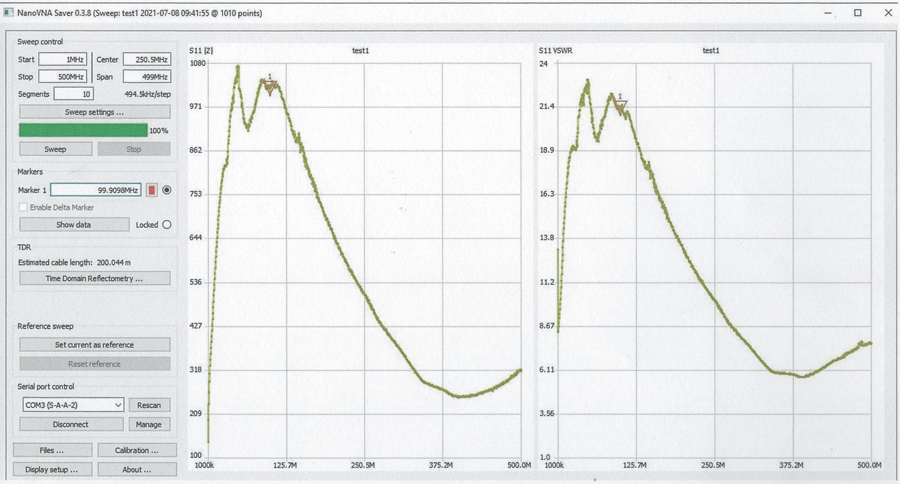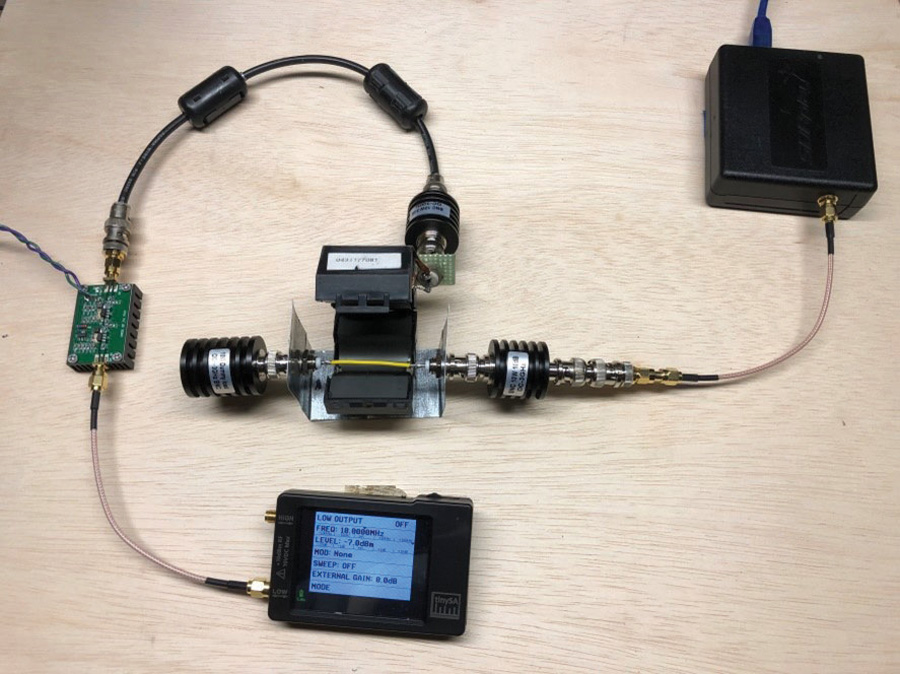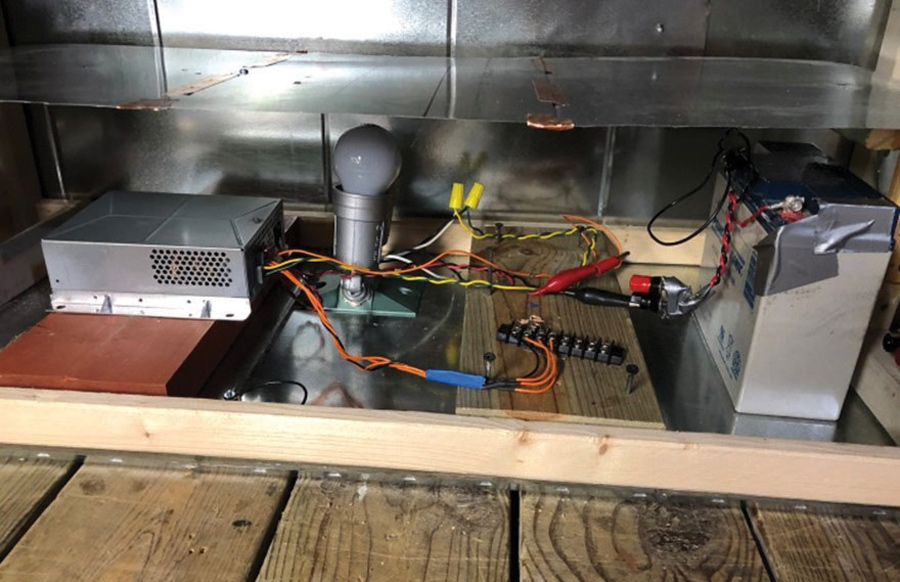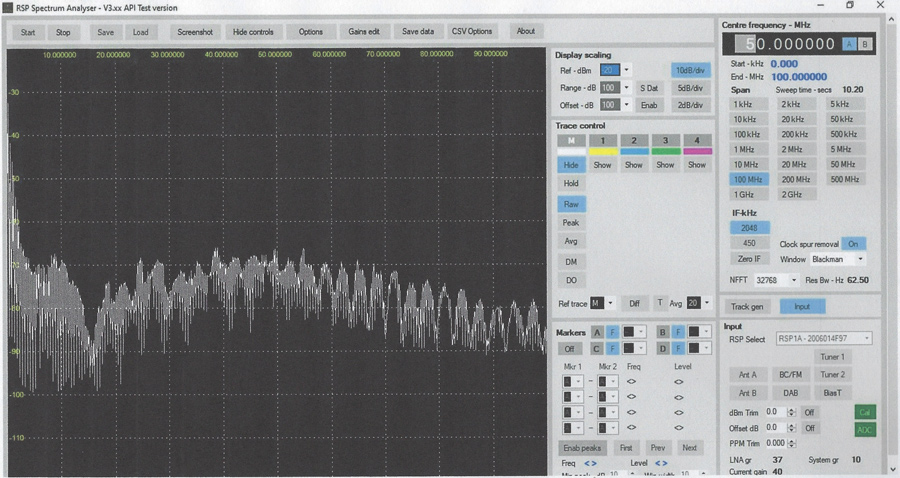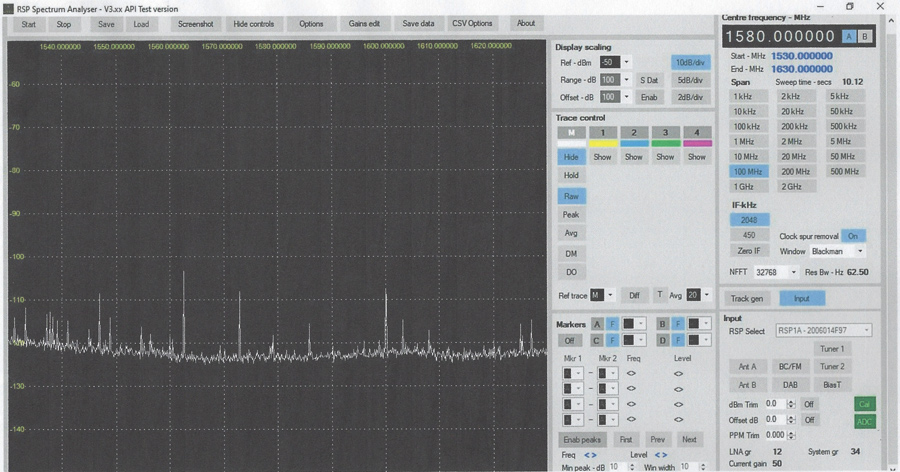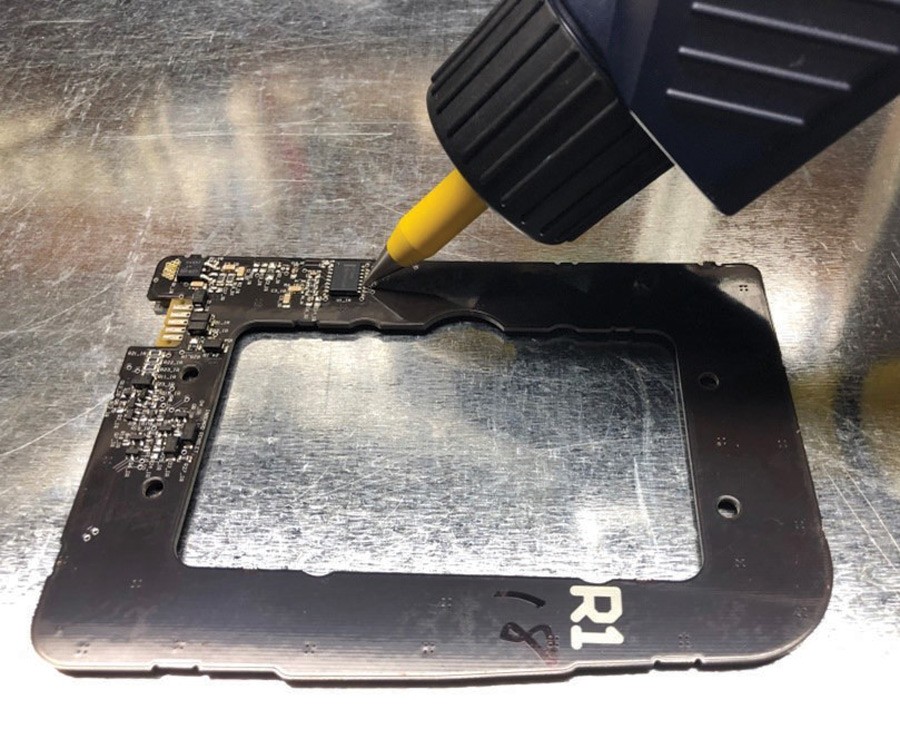ssues related to electromagnetic compatibility (EMC) are often identified during qualification testing in an accredited EMC test lab which typically occurs late in the product design cycle. Obtaining a cost-effective solution to these EMC issues may be time-consuming, and many EMC labs can be fully booked or have limited availability, have long lead times, or involve significant costs. But inexpensive test equipment and procedures (let’s call them thrifty methods) used for helping to solve these EMC issues outside an EMC lab are very desirable, especially if no in-house EMC facilities are readily available.
There are several excellent resources for troubleshooting methods and building a low-cost EMC toolkit.1 This article offers some other test equipment options that have different capabilities and which can be even less costly. Although the thrifty method is mainly used to compare results before and after implementing a fix (not meeting a specification limit), with some experience, it can also be used in the pre-qualification development stage early in the design cycle to identify potential issues before formal lab testing. Identifying issues early allows maximum flexibility to experiment and provides sufficient time to make cost‑effective changes before a design is frozen and difficult to change.
The next potential culprit was thought to be due to ESD. Testing as shown in Figure 11 (PCB over ground plane) showed that this was indeed the root cause problem. The ESD gun was applied directly to each pin of the suspect IC (air discharge not repeatable). The IC had one pin that had much lower immunity (< 2 kV, one discharge) than the other pins (> 6 kV, multiple discharges). To determine this immunity, many PCBs were sacrificed.
- See, for example, EMI Troubleshooting Cookbook for Product Designers by Patrick G. Andre and Kenneth Wyatt.
- Detailed information about the NanoVNA is available at https://nanorfe.com.
- Detailed information about the SDRplay is available at https://www.sdrplay.com.
- Detailed information about the TinySA is available at https://www.tinysa.org/wiki.
- See “Injection Probe Modeling for Bulk Current Injection Test on Multi Conductor Transmission Lines” by Frédéric Lafon, Younes Benlakhouy, and François de Daran for a cut-away of the BCI probe shown in Figure 7a.
- SAE J2628, Characterization, Conducted Immunity.
- For a detailed comparison of these transients and ISO 7637‑2, see “Comparison of ISO 7637 Transient Waveforms to Real World Automotive Transient Phenomena” by Keith Frazier and Sheran Alles, 2005 IEEE EMC Symposium.



